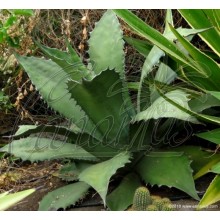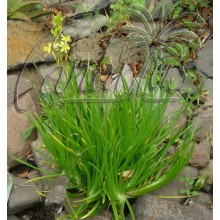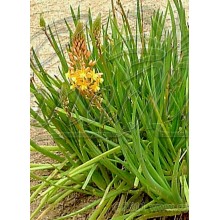Aleurites moluccana - Candle Nut
Easy growing elegant and useful tree. In ancient Polynesia, nuts were useful as candles. As a food, they are used in Hawaii to make a sauce for raw tuna and salads. The nut is often cooked in Indonesian and Malaysian cuisine. In Java, they become a thick sauce eaten with vegetables and rice. The taste is similar to macadamia but the candlenut is bitter. It sets fruits in the warmer Mediterranean
Nouveau
Easy growing elegant and useful tree. As a food, they are used in Hawaii to make a sauce for raw tuna and salads. The nut is often cooked in Indonesian and Malaysian cuisine. In Java, they become a thick sauce eaten with vegetables and rice. The taste is similar to macadamia but the candlenut is bitter. A Hawaiian condiment known as ʻInamona is made from roasted candlenuts.
It is tropical but it can take short, light frosts so it is able to set fruits in a costal Mediterranean climate.
In ancient Polynesia, nuts were useful as candles to provide light. The nuts were strung in a row on a palm leaf midrib, lit one end, and burned one by one every 15 minutes or so.
It is wild from India to S.E.Asia, but now is widespread througout the world tropics.
Picture from WIkipedia: "Starr 020803-0119 Aleurites moluccana" by Forest & Kim Starr. Licensed under CC BY 3.0 via Commons - https://commons.wikimedia.org/wiki/File:Starr_020803-0119_Aleurites_moluccana.jpg#/media/File:Starr_020803-0119_Aleurites_moluccana.jpg
What do we ship?
We offer one potted plant of about 40-60 cm in height, at least one year old. We ship worldwide.
Visit THIS LINK and see pictures of our plants on the packing desk and learn more about what we ship.






















